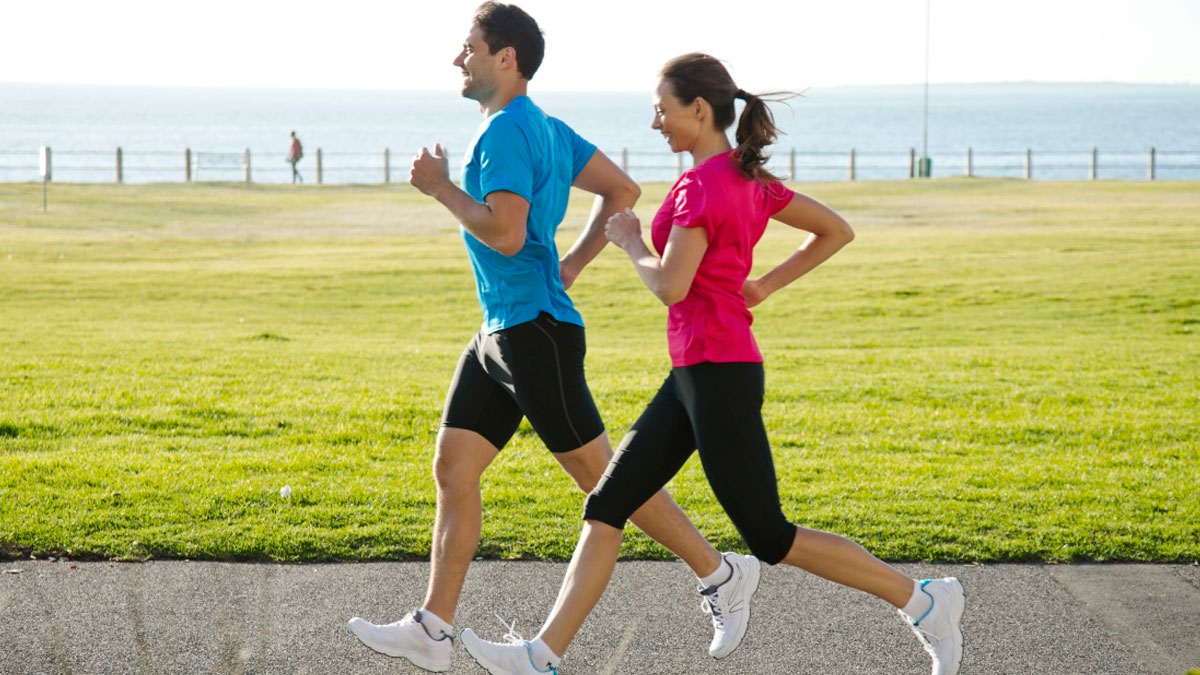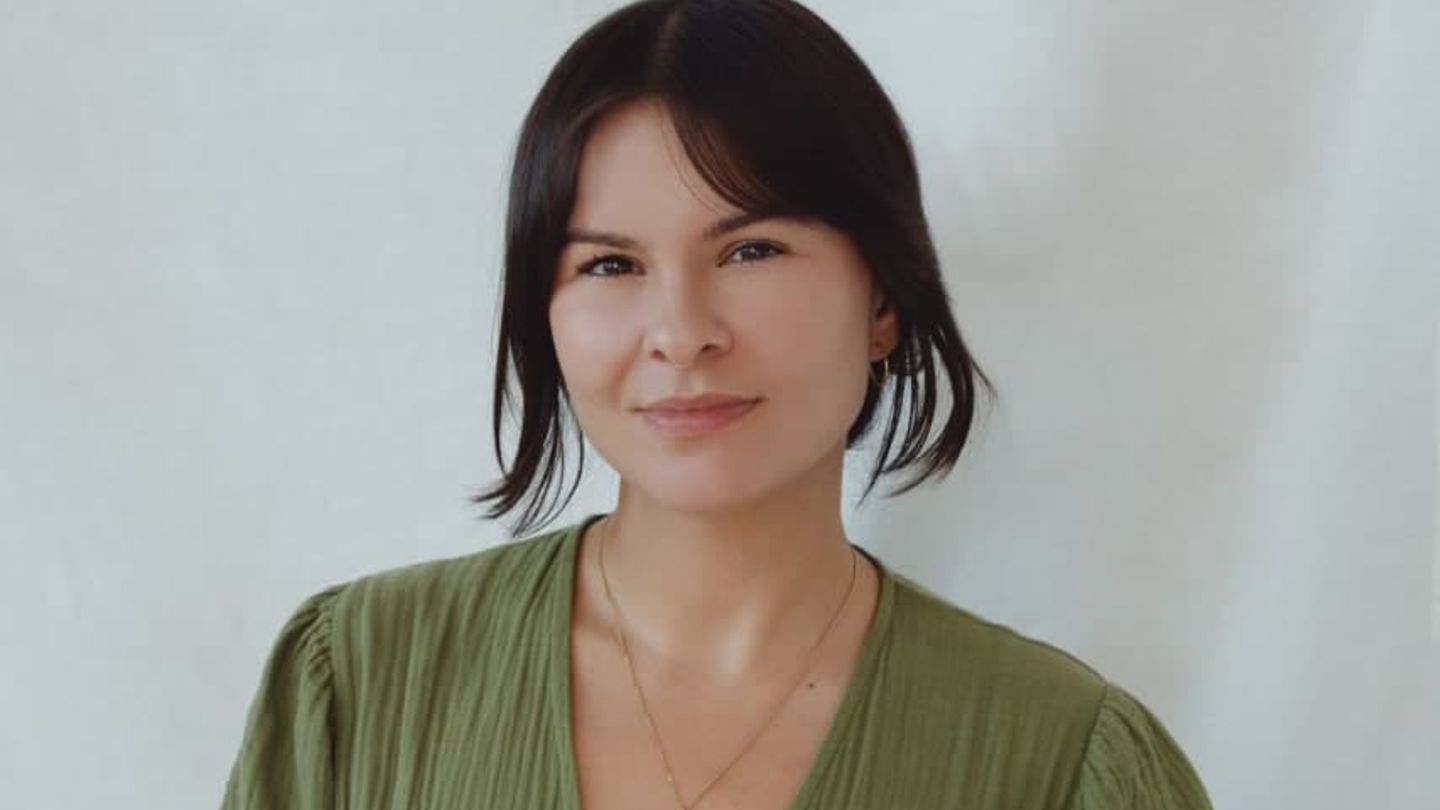Menu
Hormone yoga: Deria Frank wants to lead women “back to femininity”
Categories
Most Read
Happiness Research: Are Young Adults Unhappier Than Before?
October 14, 2025
No Comments
Assets: How to Protect Grandma’s House and Belongings
October 13, 2025
No Comments
Time change again: Why hasn’t it been abolished yet?
October 13, 2025
No Comments
PFAS: Greenpeace warns about eternal chemicals in fish and shellfish
October 13, 2025
No Comments
Anxiety Rings: How anti-stress rings relieve inner restlessness
October 12, 2025
No Comments
Latest Posts

Gianni Infantino: What is the FIFA boss doing at the Gaza summit?
October 14, 2025
No Comments
FIFA President The strange guest – what was Infantino doing at the Gaza summit? It seemed very strange: Fifa boss Gianni Infantino was a guest

A rule governs that promotes the healthy and safe practice of sport in public spaces
October 14, 2025
No Comments
October 14, 2025 – 07:24 Law 15,541 aims to promote urban sports and promote awareness campaigns about good sports practices. The rule was approved by

Shaping your eyebrows: This is how you give your face more expression
October 14, 2025
No Comments
CarolineI’m Caroline, a journalist and author for 24 Hours Worlds. I specialize in health-related news and stories, bringing real-world impact to readers across the globe.
24 Hours Worlds is a comprehensive source of instant world current affairs, offering up-to-the-minute coverage of breaking news and events from around the globe. With a team of experienced journalists and experts on hand 24/7.

